
Worrying study suggests "the end of the universe" could be approaching "much sooner" than scientists thought
It isn’t just science fiction or mystics making dire predictions anymore—serious scientific research is now suggesting that the universe itself may unravel sooner than we once imagined. A new study by researchers at Radboud University in the Netherlands proposes that the cosmos could evaporate on a timescale far shorter than traditional estimates.
The work comes from astrophysicist Heino Falcke and colleagues Michael Wondrak and Walter van Suijlekom, who recently revisited their groundbreaking 2023 paper on Hawking radiation. This phenomenon, named after Stephen Hawking, describes how tiny particles spontaneously appear near a black hole and gradually drain away its energy.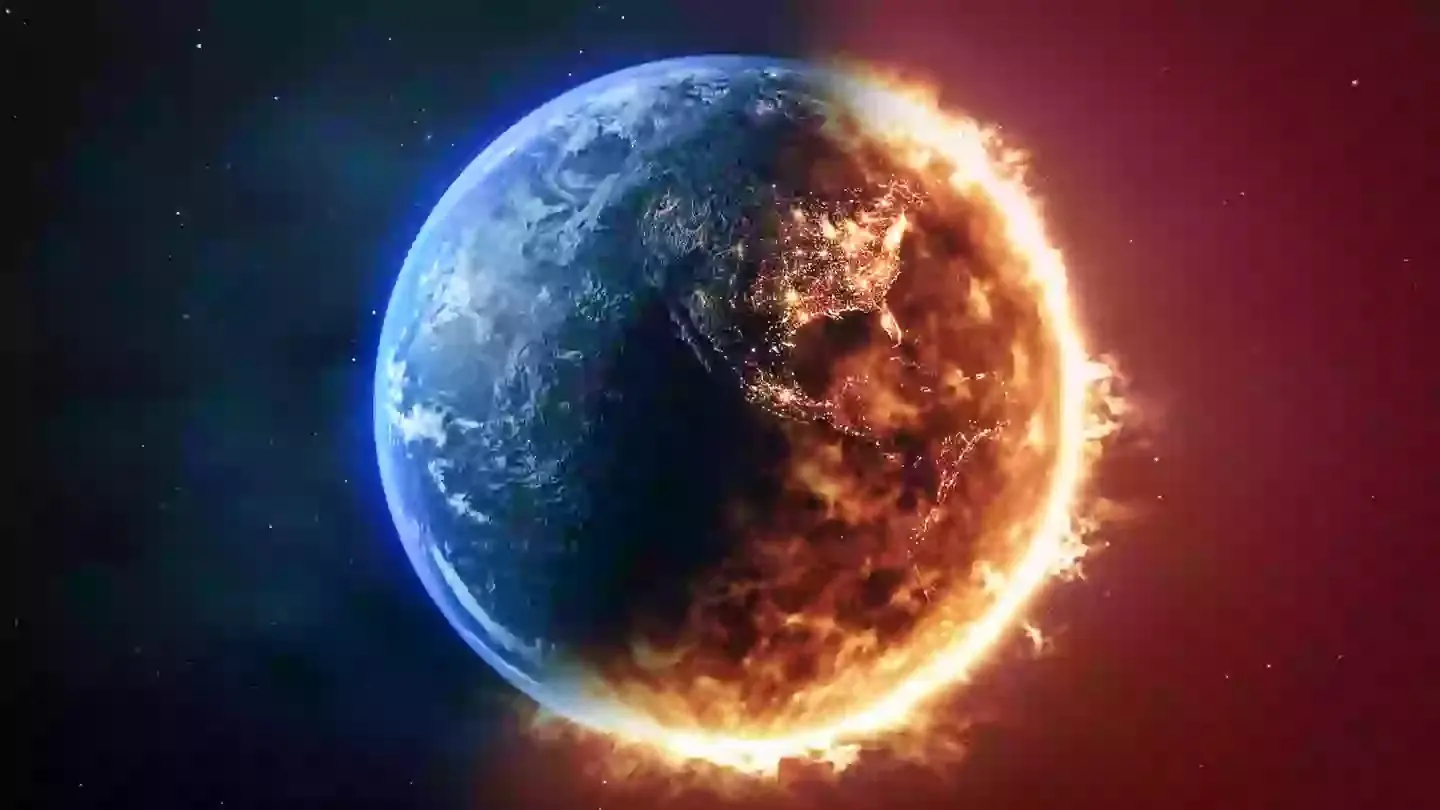
For decades, scientists believed Hawking radiation was confined to black holes alone. But new calculations suggest that other ultra-dense objects—like neutron stars, white dwarfs, and even galactic clusters—also leak energy in a similar way. Over unimaginable spans of time, this slow “evaporation” could erode the very fabric of the universe itself.
Falcke explained: “After an incredibly long period, everything in the universe would eventually disappear, just like black holes. This discovery forces us to rethink not only Hawking radiation but also the ultimate fate of the cosmos.”
The New Countdown to Cosmic Dissolution
The team recalculated the expected lifespans of different celestial objects. Where earlier models suggested white dwarfs might last 10^1,100 years, the new analysis slashes that figure to a mere 10^78 years.
To put this into perspective:
- A white dwarf would fade after about 10^78 years.
- A supermassive black hole might last until 10^96 years.
- Vast dark matter halos around galactic superclusters could endure up to 10^135 years.
Even these staggering lifespans are still hundreds of orders of magnitude shorter than what was once believed. While humanity won’t be around to witness this final fade, the findings highlight how fragile and finite even the grandest cosmic structures really are.
Still, the scientists emphasize that the real purpose of these calculations isn’t to alarm the public but to deepen our understanding of physics. As van Suijlekom explained, “By looking at extreme cases like this, we hope to refine the theory and perhaps one day solve the mystery of Hawking radiation.”
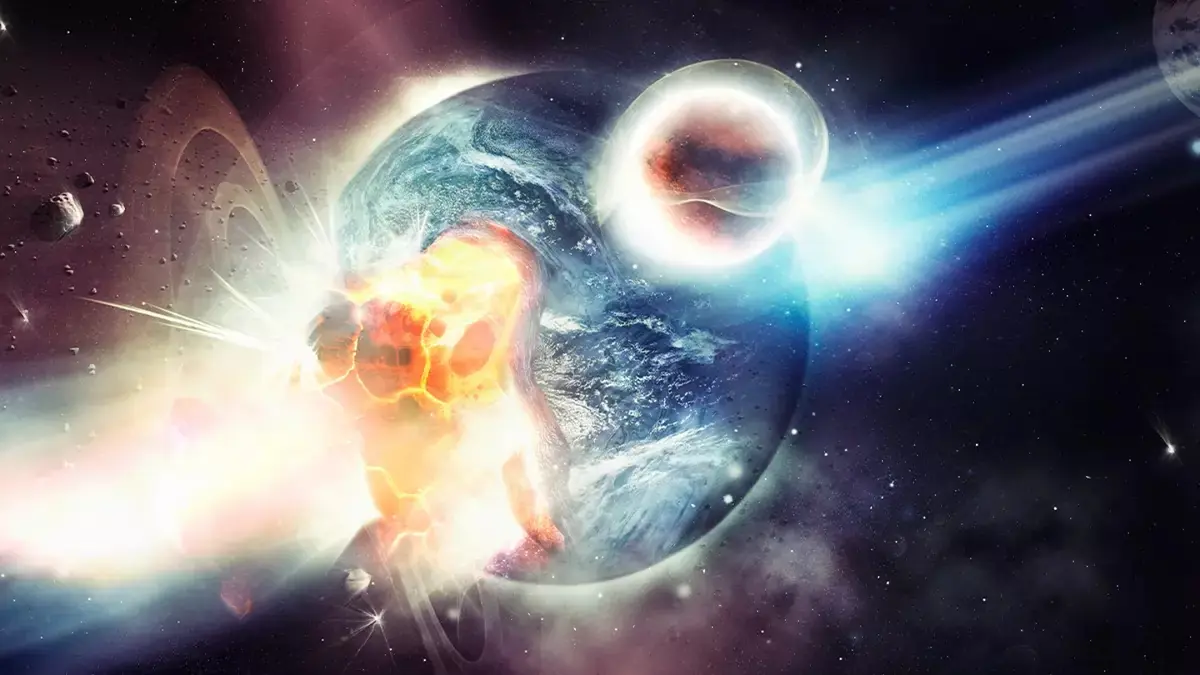
Prophecies and Predictions: Baba Vanga’s Visions
While science peers into the ultimate end of time, mysticism also offers chilling forecasts. Baba Vanga, the Bulgarian healer and seer often compared to Nostradamus, left behind thousands of predictions stretching across millennia. Many of her prophecies—ranging from the Chernobyl disaster to the 9/11 attacks—have eerily matched real-world events.
According to reports, her timeline of prophecies for the next 3,000 years includes milestones both hopeful and terrifying.
- 2025: Vanga envisioned the eradication of world hunger, a prediction that, if fulfilled, would mark one of the greatest achievements in human history. Optimists tie this hope to advances in artificial intelligence and new economic models such as “universal high income.”
- 2028: She foresaw humans developing a revolutionary new energy source—possibly controlled nuclear fusion—and even predicted that astronauts would reach Venus. While Venus exploration seems unlikely based on today’s priorities, breakthroughs in space travel and energy might change what we consider possible.
- 2033: Vanga warned of rising global sea levels, aligning with scientific warnings about climate change. By this year, some experts fear that irreversible damage could place coastal megacities under threat, triggering one of the most defining crises in human history.
Science Meets Prophecy
Whether it is astrophysicists reducing the lifespan of the universe by unimaginable factors or Baba Vanga foretelling global milestones and disasters, one theme remains constant: the future holds both breakthroughs and existential risks.
Science seeks to explain the universe in measurable timelines, while prophecy interprets destiny through intuition and symbolism. But taken together, both offer a sobering reminder of humanity’s place in the cosmos—fragile, finite, and always facing forces far beyond our control.
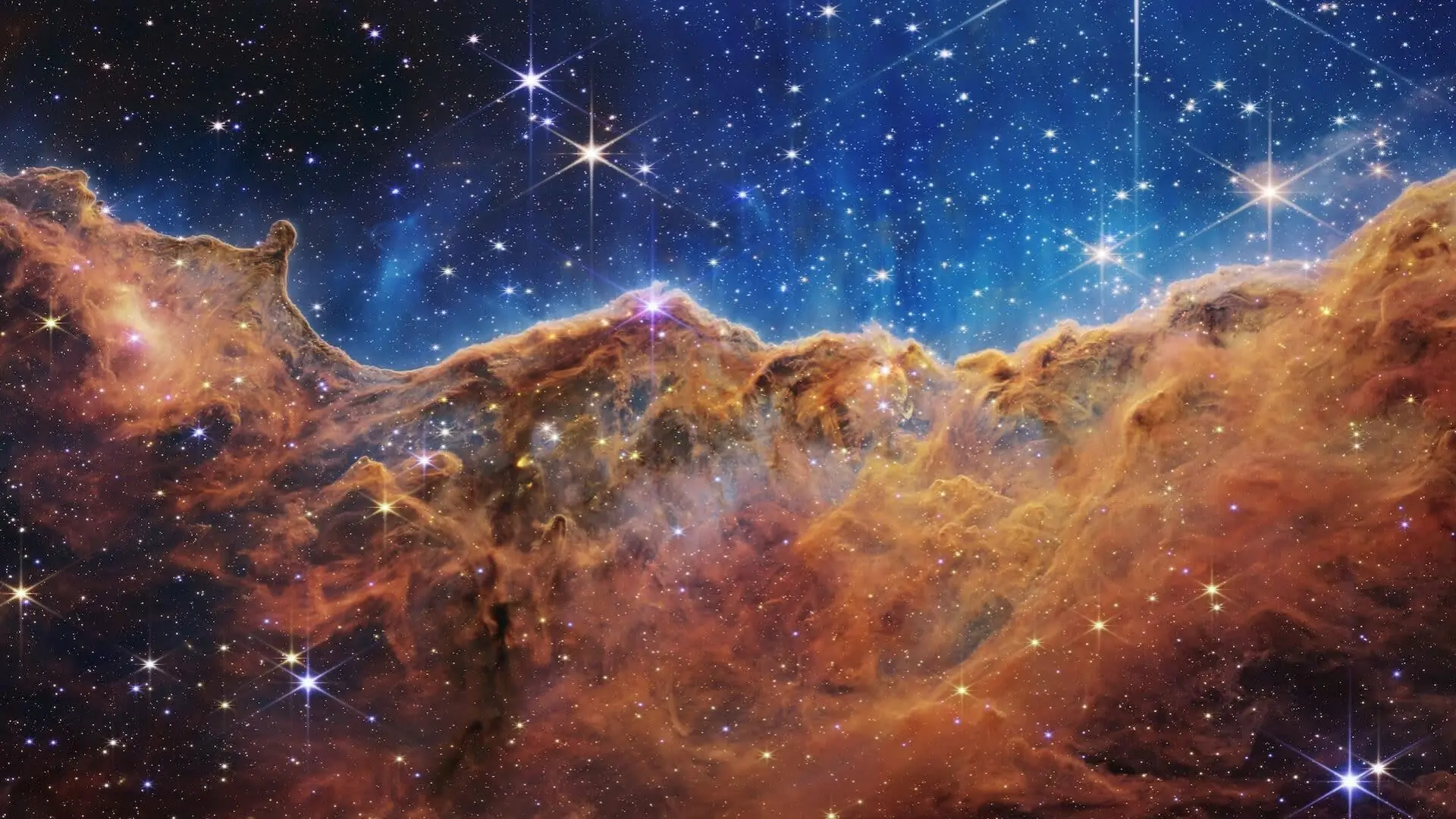
The universe may last for trillions upon trillions of years, but not as long as once thought. And whether we trust scientists with their equations or mystics with their visions, both point toward the same conclusion: humanity’s future depends on how we prepare for what’s coming next.
News in the same category


School speaks out after woman goes viral for 'stealing' baseball from kid at Phillies game

OnlyFans model who slept with 100 men in a day makes "heartbreaking" confession
Going viral on social media often comes with fame and fortune — but also unexpected sacrifices. For one British creator, the fallout from her controversial career hasn’t just impacted her life, but also deeply affected her family.

Food Experts Warn: 5 Everyday Foods You Should Never Put in the Freezer
Freezing leftovers is often hailed as the easiest way to cut down on food waste and save money. But according to food safety experts, not all foods handle icy temperatures well — and some can turn into an unappetizing mess after thawing.

Husband of employee caught with CEO on Coldplay jumbotron breaks silence with shocking twist

Man who can see through his tooth after being blind for two decades speaks out about experience
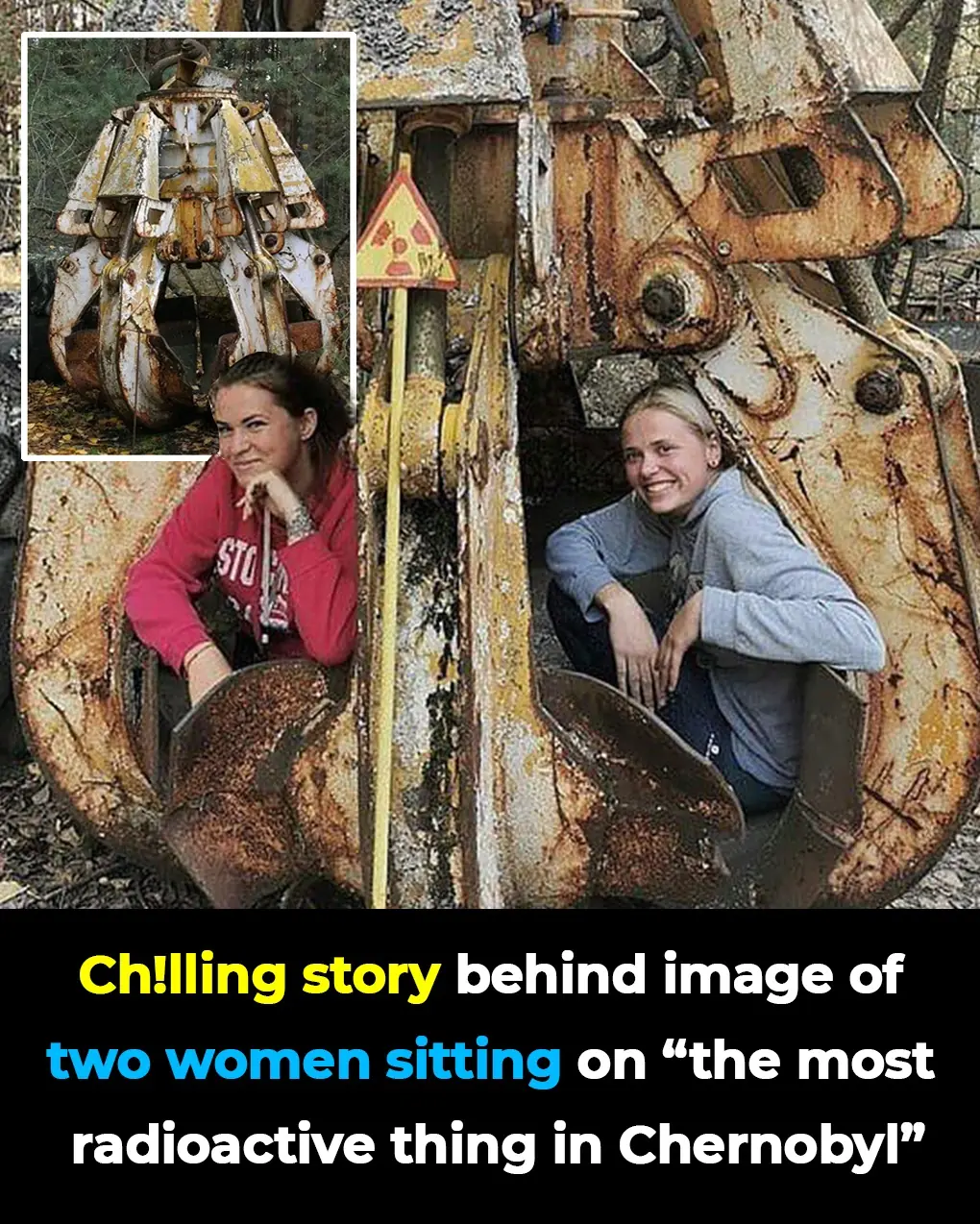
The Shocking Truth Behind Viral Photo of Tourists Sitting on Chernobyl’s “Radioactive Claw”
A resurfaced photo of two women casually sitting on what’s described as “the most radioactive object accessible in Chernobyl” has sparked heated debate online. The image, taken in the exclusion zone, reveals a chilling disregard for one of the deadl

Bit of a shocker': 14 nurses at 1 Wisconsin hospital are pregnant at the same time
One hospital is experiencing a joyful — yet logistically challenging — surprise as an entire team of nurses prepare for motherhood together. With 14 pregnancies overlapping in the same unit, colleagues and managers are rallying to balance patient care

Heartwarming gesture from player after grown woman was caught doing controversial act to boy and father on live TV
A tense moment at a baseball game nearly ruined a child’s birthday when a controversial act by an adult fan shocked the crowd. But thanks to the kindness of players and team staff, the story ended in the most heartwarming way possible.

Controversial 'standing seats' could be brought into airlines next year with tickets as cheap as $5
Flying might soon look very different — and not everyone is thrilled. Airlines are reportedly preparing to introduce standing-style airplane seats that could slash ticket prices to just $5, sparking heated debate about comfort, safety, and the future of

French Farmer Discovers $4 Billion in Gold on His Land — But a Crushing Law Means He Can’t Keep a Cent
A once ordinary farming day turned into the discovery of a lifetime when a French farmer unearthed billions in buried gold. But his dream of instant fortune has quickly been replaced by frustration after learning a shocking rule may strip him of every oun
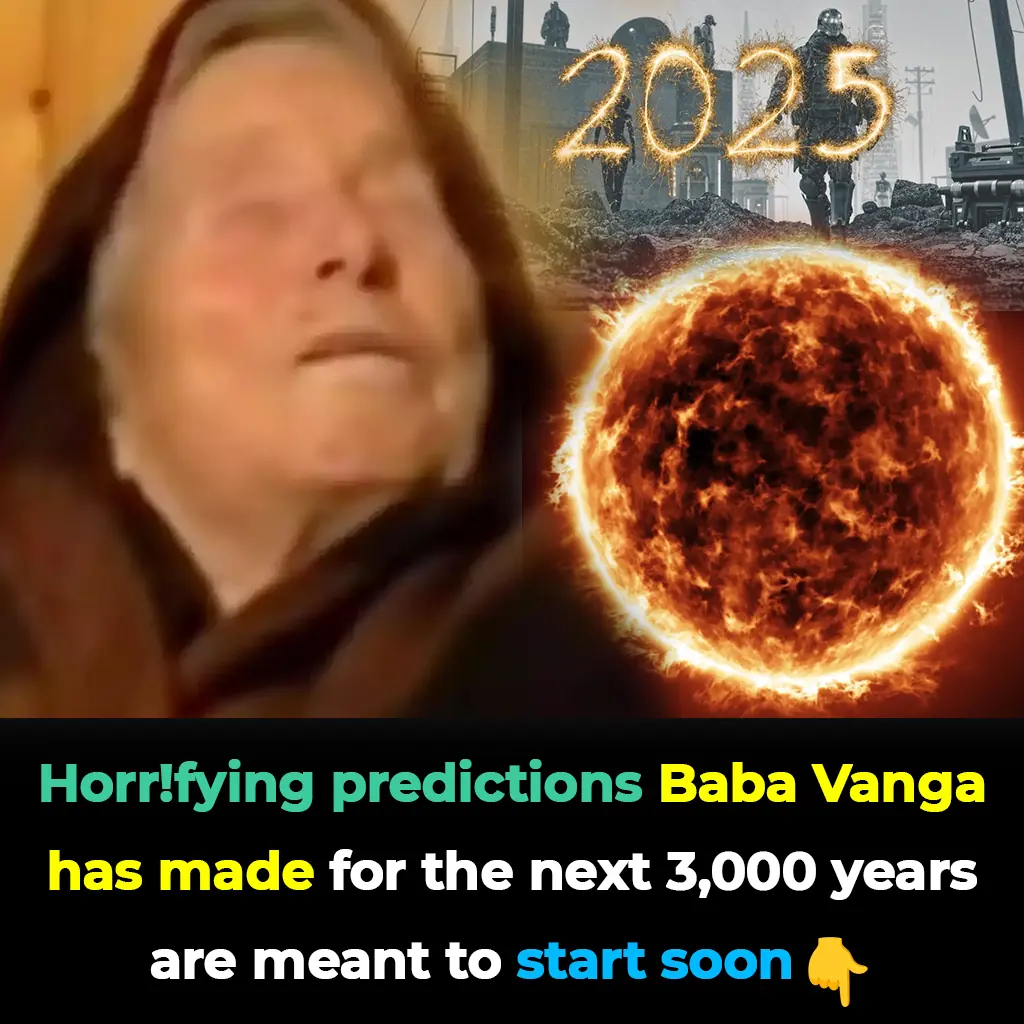
Baba Vanga’s Terrifying Predictions for the Next 3,000 Years Are About to Begin
For centuries, humanity has been fascinated by prophecies that claim to reveal the future. Now, a chilling set of predictions from one of the world’s most famous mystics, Baba Vanga, is resurfacing — and many of her forecasts are set to begin unfoldin

Apple insider reveals new leaks about foldable iPhone release for 2026
Apple may still be gearing up for the iPhone 17, but tech insiders are already buzzing about what comes next. If the leaks prove true, the iPhone 18 lineup could be Apple’s boldest reinvention yet, featuring a foldable design that could reshape the futu

Surgeon explains why he had his own legs amputated as he's sentenced to 32 months in jail
A former vascular surgeon stunned a courtroom as he explained why he deliberately destroyed his own legs before undergoing amputation. His disturbing double life, hidden beneath a respected medical career, has now unraveled into scandal, divorce, and pris

Grown woman caught on live TV doing controversial act to child and father at MLB game
What started as a joyful birthday surprise at an MLB game turned into a viral controversy when a fan stormed over to demand a ball from a father and his young son. But the story didn’t end there—what followed was both heartwarming and unexpected.

7 shoking reasons you shouldn't sleep in your underwear or risk health issues
Think sleeping in your underwear is harmless? Experts warn it could quietly be sabotaging your health in more ways than you realize. From skin irritation to hormone disruption, here’s why you may want to rethink your bedtime habits.

Apple insider reveals new leaks about foldable iPhone release for 2026

Experts reveal the five foods you should absolutely never freeze

Here’s how much the Powerball winner will owe in taxes after the $1.8 billion jackpot
The Powerball jackpot has climbed to an astronomical $1.8 billion, the second-largest prize in U.S. history. But before the lucky winner can celebrate a life of luxury, the taxman will be waiting with a massive bill that could drain hundreds of millions f
News Post

Add a few drops of essential oil to the water used to clean the floor. Knowing the benefits, every family wants to follow suit.

Put garlic at the bedside, its "golden" uses, anyone who reads this will want to try it.

Honey, Lemon, Onion, Garlic & Ginger: The Daily Spoonful That Works Wonders

Vitamin E Oil uses for Skin – Glowing Skin, Dark Circles & Wrinkles

4 toxic plastic items

The Chicken Seller Said: "These 3 Types of Chicken Meat, No Matter How Cheap They Are, I Never Buy..."

4 Signs Your Kidneys Might Be in Serious Trouble

The Potent Remedy: Turmeric and Honey as a Natural Antibiotic

If Your Legs Cramp at Night, You Need to Know This Immediately!

Hanging a Towel on the Door Handle Before Bed: Unexpected Benefits That Few People Know

Why You Should Always Close Your Bedroom Door Before Going to Sleep

The FIRST Sign of HIGH BLOOD SUGAR Is…

The Shocking Effects of Sleeping Less Than 7 Hours

Scientists Have Discovered a “Kill Switch” in The Body That Can Destroy Any Cancer Cell

Snoring Isn't Just Annoying: It Could Be a Serious Health Warning

It grows everywhere, but this stunning plant hides a dark and dangerous secret… 💬👀

Cutting Plastic Bottles for the Kitchen: Amazing Uses You’ll Wish You Knew Sooner

CCF Detox Drink For Glowing Flawless Skin

The 8 Most Power-Hungry Devices: Unplugging Them Can Save You More Than You Think
